Text

Big Dipper
#nasa#space#sky#solar system#astronomy#galaxy#stars#universe#science#bright#night#cosmos#constellations#cosmic#big dipper#nebula#constellation#rainbow
2K notes
·
View notes
Text
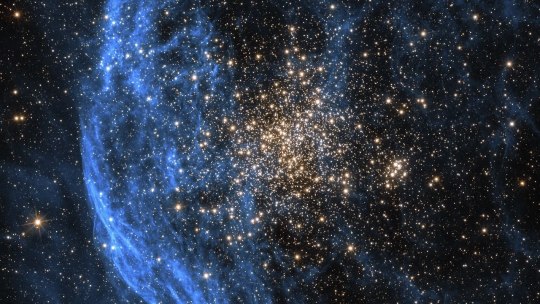
NGC 1850, Star Cluster
#astronomy#nasa#night#sky#space#solar system#galaxy#stars#universe#science#bright#cosmos#cosmic#cluster#nebula#constellations#constellation#rainbow
997 notes
·
View notes
Text
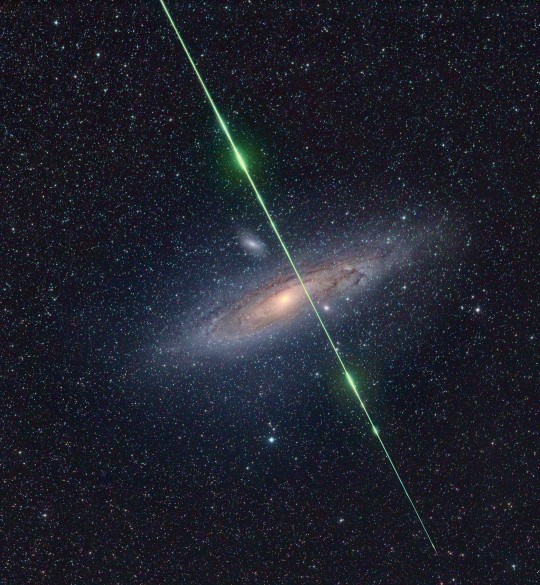
Andromeda and Meteor
#nasa#space#sky#solar system#astronomy#galaxy#stars#universe#constellations#cosmos#bright#science#constellation#night#andromeda#cosmic#meteor#rainbow
1K notes
·
View notes
Text
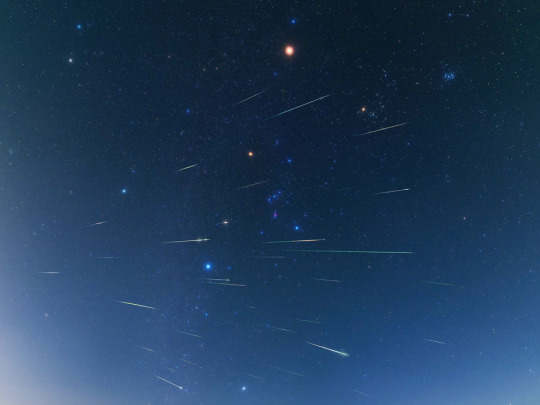
Meteors Strike Through Orion
#nasa#space#sky#solar system#astronomy#galaxy#stars#universe#science#bright#cosmos#cosmic#constellations#constellation#meteor#meteor shower#meteors#orion#nebula#rainbow
8K notes
·
View notes
Text

Comet Leonard, Christmas Wish
#astronomy#nasa#space#sky#night#stars#science#universe#cosmos#solar system#cosmic#comet leonard#wish#nebula#galaxy#constellations#rainbow#constellation#bright
2K notes
·
View notes
Text


#watercolour gallery#watercolourpainting#watercolor#watercolour art#watercolour#watercolour illustration#watercore#water gif#gif#gif tumblr#photografy#landscape#science#tourisim#treescape#nature#mountains#trees#forest#soo good#cute pictures#poetry#original post#my writting#wanderlust#adventure#alternative#good vibe quotes#tumbir#beautiful photos
1K notes
·
View notes
Text
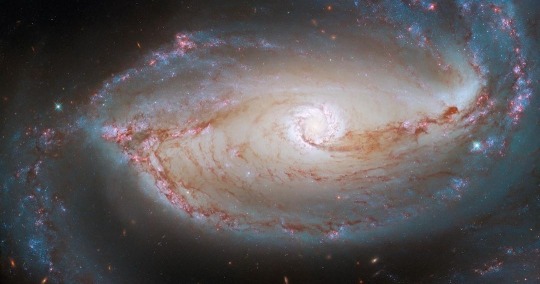
Make sure you pick the best filter 📸
This photo of a barred spiral galaxy 48 million light-years from Earth, taken by @NASAHubble, is a cosmic wonder. In its original form, though, it wouldn't look nearly as dazzling—raw images from Hubble and other space telescopes come in shades of gray, only showing the amount of light captured across all wavelengths the telescope's camera can measure.
In order to turn those images into colorful sights like this one, we take photos with special filters that block out almost all wavelengths of light. One of the filters used on this image sees only light that would appear green to human eyes: light at wavelengths around 555 nanometers. The final multicolor image you see here uses data from seven different filters, collected with Hubble's Wide Field Camera 3 and Advanced Camera for Surveys.
Image credit: ESA/Hubble & NASA, D. Sand, K. Sheth
165 notes
·
View notes
Text

Zeta Oph, The Runaway Star
#astronomyna#NASA#nights#sky#stars#space science#space#science#universe#cosmic#cosmos#solar system#zeta oph#runaway#star#nebula#galaxy#constellation#constellations#rainbow#bright
900 notes
·
View notes
Text

NGC 2244, Star Cluster In Rosette
#NASA#night#sky#stars#space#science#universe#cosmos#cosmic#solar system#star#cluster#rosette#nebula#galaxy#constellation#constellations#rainbow#bright#astronomy
703 notes
·
View notes
Text
aglayinca aynaya kosarak gelen bakma istegi
sinirlenince çok güzel oluyorum değil mi
42 notes
·
View notes
Text


Moon & Venus over Sugar Loaf l Alyn Wallace l Brecon Beacons
#moon#venus#crescent moon#solar system#astronomy#astrophotograpy#nasa#stars#galaxy#planets#space#universe#night sky#brecon beacons#wales#sugar loaf#mountains
693 notes
·
View notes
Text

Luna and Jupiter
#astronomy#nasa#night#sky#stars#space#science#universe#cosmos#cosmic#solar system#luna#moon#jupiter#planet#nebula#galaxy#constellation#constellations#rainbow#bright#NASA
276 notes
·
View notes
Text
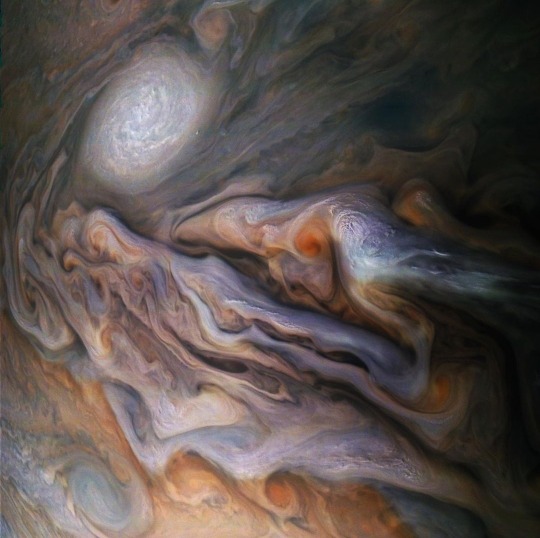
It's a latte bigger than Earth. ☕
This picture isn’t from your local coffee shop, it’s from our spacecraft Juno as it passed by Jupiter. Jupiter is well known for its Great Red Spot, but it’s also home to anticyclonic storms, known as white ovals. White oval’s can be storms the size of earth and can generate winds up to 335 miles per hour (539 kilometers per hour) and some storms can reach 60 miles (100 kilometers) tall.
Jupiter is strapped with “belts” of white and red, that wrap around the planet. Traveling both east and west, why these belts are distinct is something mystery to scientists, one possibility is that the ammonia gas in the atmosphere travels up and down in alignment with the planets jet streams.
Juno’s prime mission of measuring and studying Jupiter’s atmosphere and magnetic structure was completed in 2021, but it will continue to measure the planet’s unique structure until at least 2025. This image was color enhanced by citizen scientists Gerald Eichstädt and Sean Doran.
Credit: Enhanced Image by Gerald Eichstädt and Sean Doran (CC BY-NC-SA)/NASA/JPL-Caltech/SwRI/MSSS)
#nasa#jupiter#NASA#astrophotograpy#Juno#space#JunoCam#MissionJuno#storm#clouds#planet#planets#solar system#gassy
224 notes
·
View notes
Text

I DONT TOTALLY KNOW WHERE I'M GOING, BUT THAT'S NEVER STOPPED ME BEFORE
#black and white picture#art#comic#grunge aesthetic#design#space#aesthetic#pale#pastel#quotes#vintage#moon mars planets travel space#funny#indie#grunge
189 notes
·
View notes
Text
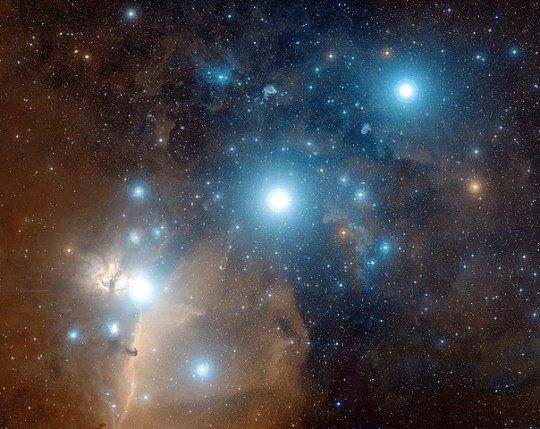
Alnitak, Alnilam and Mintaka
#astronomy#NASA#night#sky#stars#space#science#space science#universe#cosmos#cosmic#cosmicverse#solar system#orions belt#nebula#galaxy#constellations#constellation#rainbow#bright
618 notes
·
View notes
Text
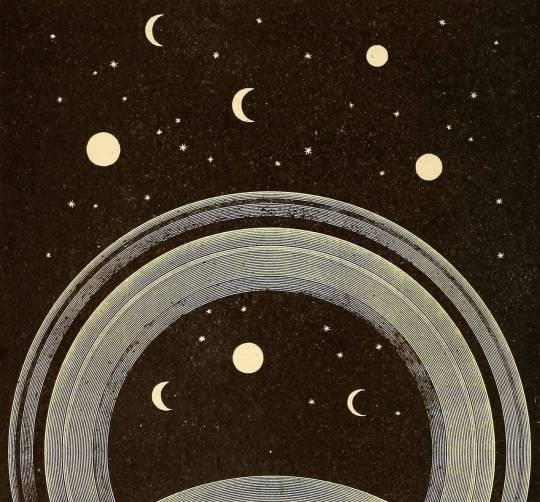



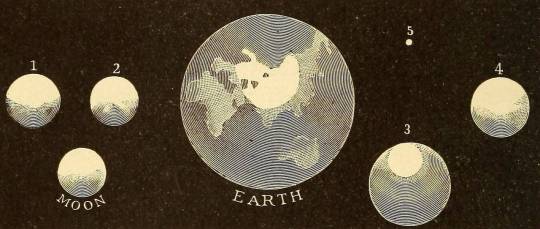




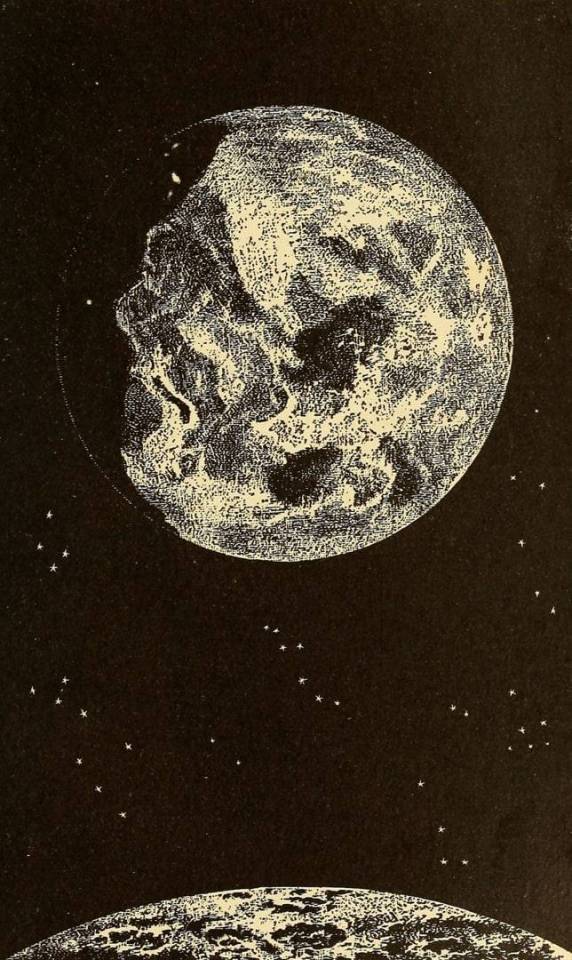
Agnes Giberne - The story of the Sun, Moon and Stars.
#space#theology of the universive#astronomy#nasa#planet#solar system#universe#planet aesthetic#star aesthetic#illustration#dark acadamia aesthetic#dark acedemia#vintage#vintage aesthetic
351 notes
·
View notes

